

Autumn Berries of the North Woods
As flowering plants bear fruit in early Autumn, many species of wild berries ripen, each containing seeds to perpetuate a new generation of plants.


As flowering plants bear fruit in early Autumn, many species of wild berries ripen, each containing seeds to perpetuate a new generation of plants.


One of the main questions visitors have when they visit Old Mackinac Point Lighthouse: what’s in the basement? Find out here.
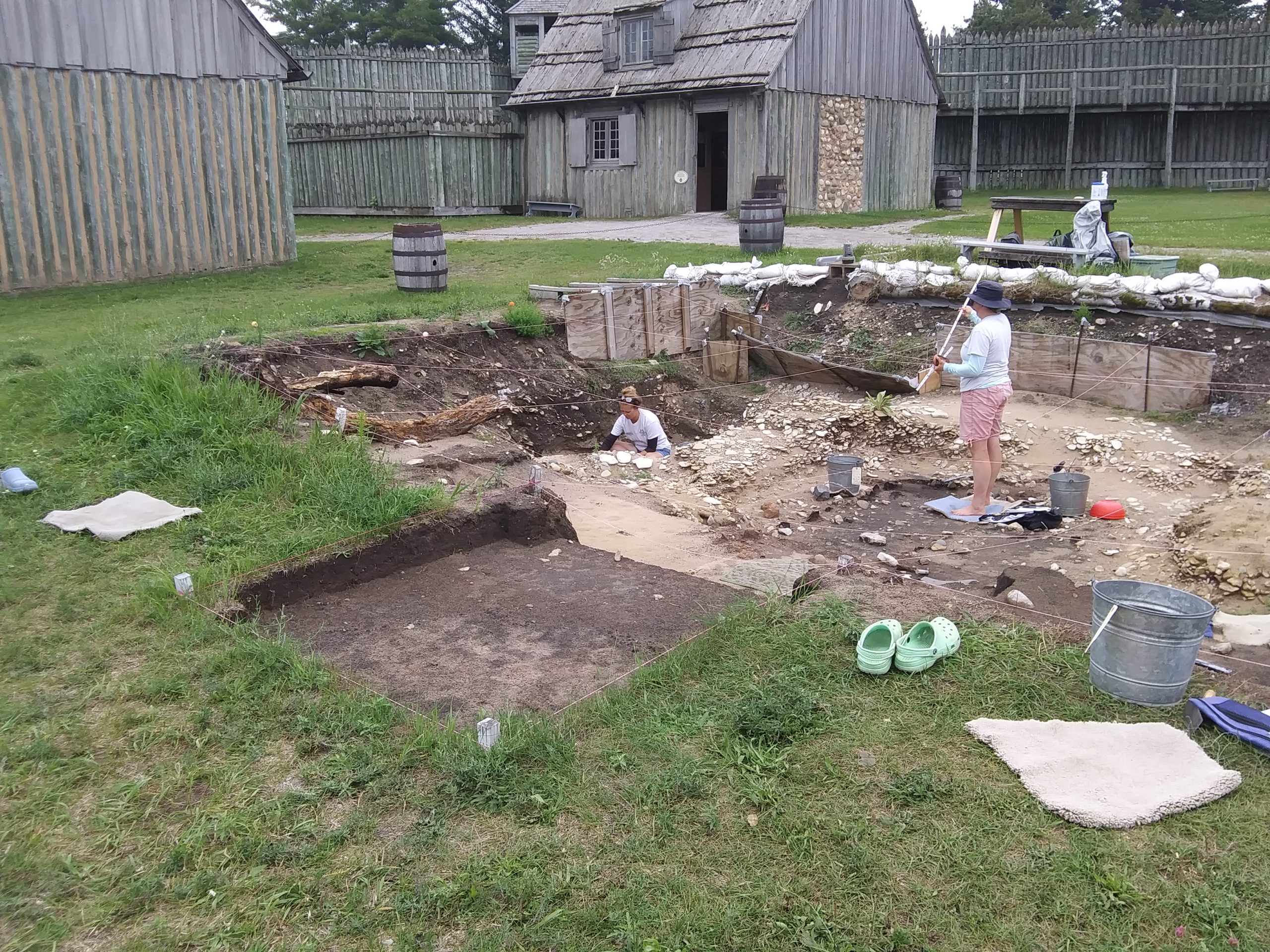

It’s hard to believe, but the archaeology field season is at the half-way point. Learn all about how the season has been going here.
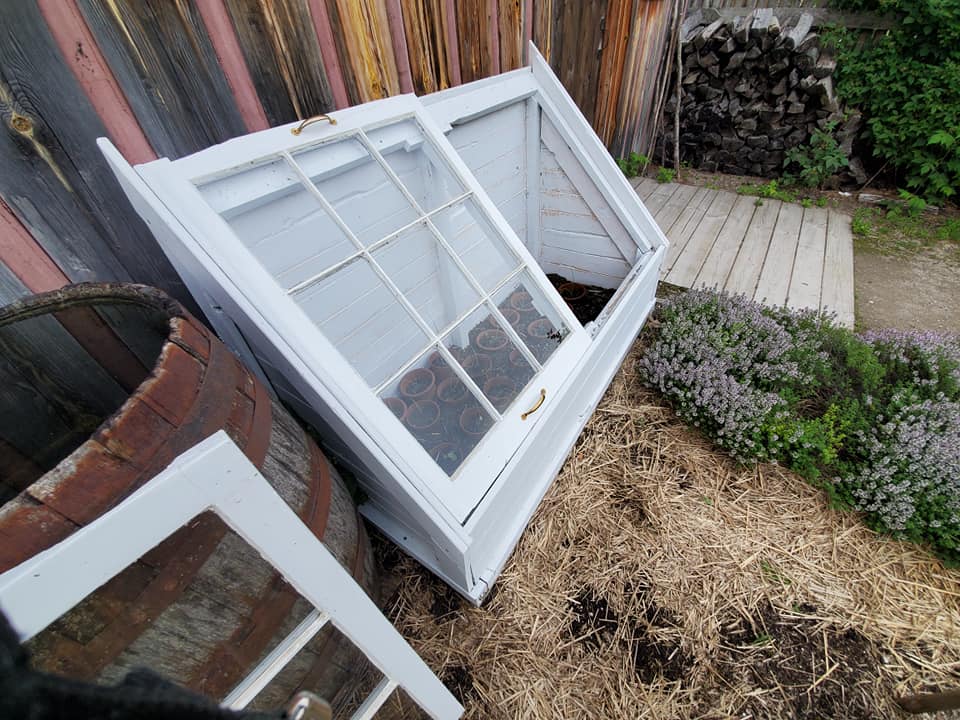

Gardeners, especially at the Straits of Mackinac, have always been interested in helping their plants grow despite sometimes problematic environmental conditions.


As spring turns to summer, the woods of Dousman’s Mill are alive with birdsong.
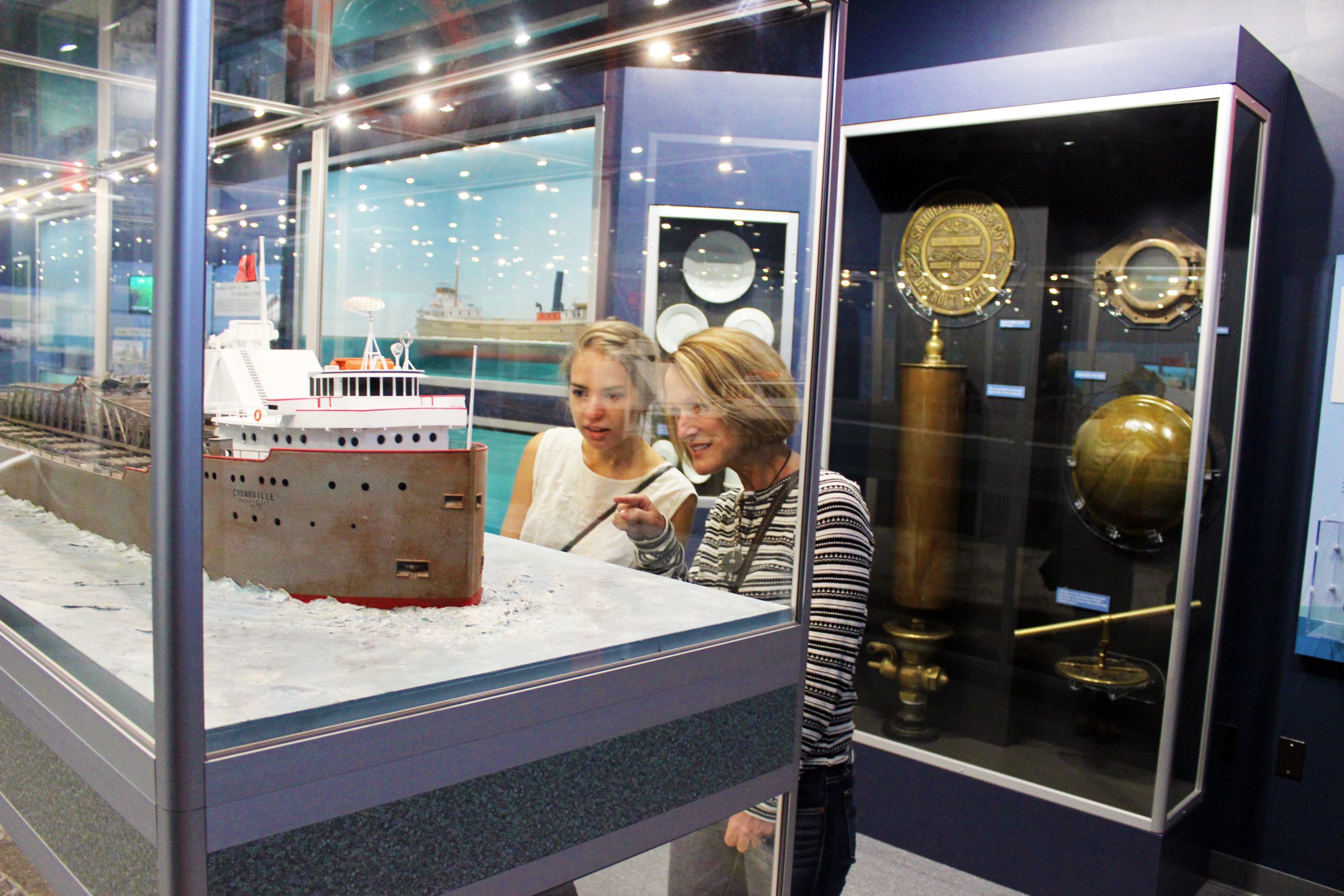

You may know the story of the Titanic, the luxury ocean liner that struck an iceberg on its maiden voyage and quickly sank to the bottom of the Atlantic Ocean. But did you know that another large ship met a similar fate off Michigan’s coastline just three years earlier?
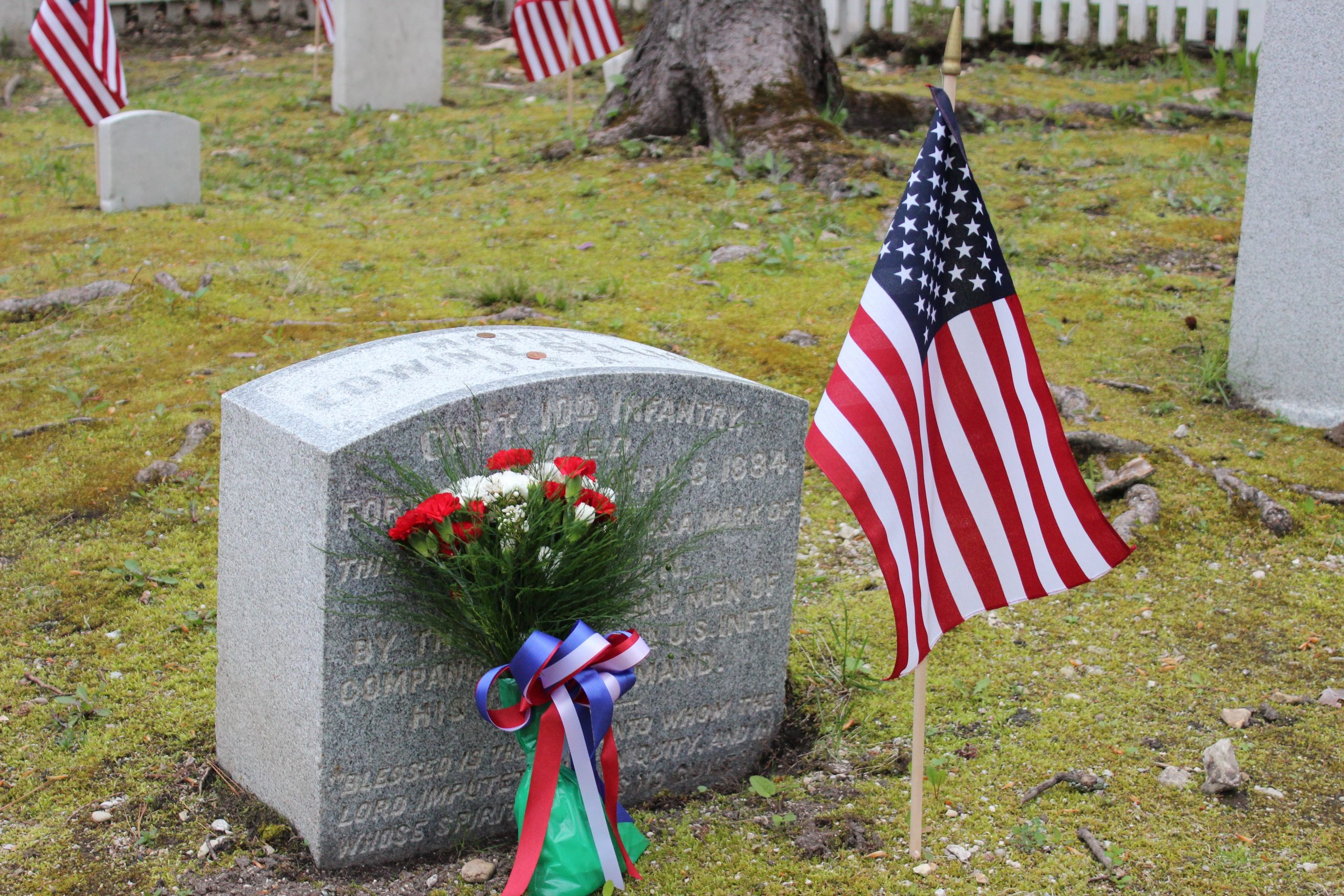

It’s a crisp morning in late May. Members of the 23rd Regiment at Fort Mackinac assemble on the parade ground in their dress uniforms and begin the slow, somber march out of the North Sally Port at Fort Mackinac and head toward the Post Cemetery.
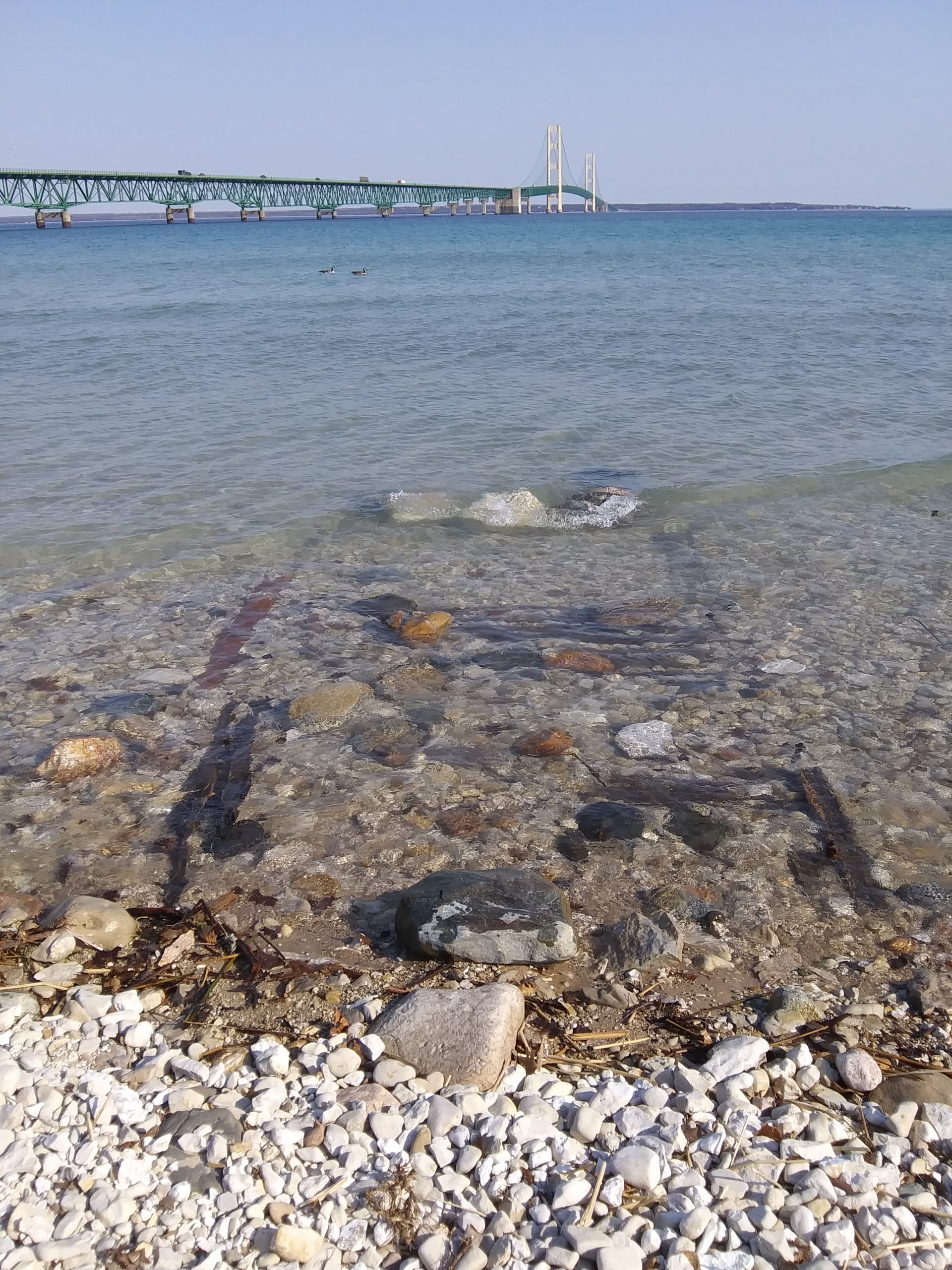

The high water levels of the Great Lakes in recent years have caused significant erosion along the shoreline, exposing many long-buried landscape features. This year, water levels have fallen slightly,


Few people realize that Dousman’s Mill is a home to the second largest rodent on the continent, the North American Porcupine.

